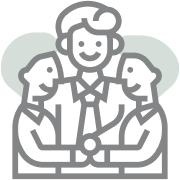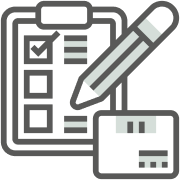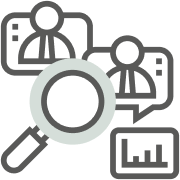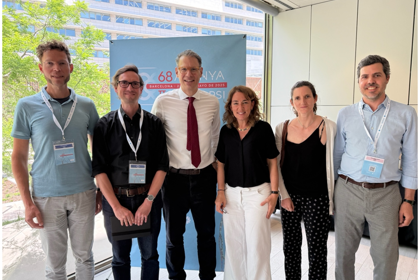Inspirational medical teaching
At the end of this course, learners will have:
- Enhanced their ability to design and deliver high-quality teaching interventions grounded in educational theory and evidence.
- Acquired an understanding of how to meaningfully integrate the patient voice into teaching interventions.
- Demonstrated proficiency in responding to and managing challenging dynamics as educators.
- Applied various feedback models to enhance the development of both their learners and their own teaching practices.
- Engaged in reflective exercises to assess and refine their teaching identity, cultivating a personal style and embracing values as educators.
Developing a Teaching Identity
- Pedagogy Paradigms
- Polls to prompt thinking about teaching stance
- Introduction to TPI (Teaching Professional Identity)
Fostering and Managing an Environment for Learning
- Lecture on key concepts: Social learning theories, psychological safety, hidden curriculum
- Breakout rooms with scenarios
- Main group discussion
What Medical Students Want
- Focus on equality and diversity
- Presentation on a medical students' project
- Scenario 6 - Emphasizing the need for cultural sensitivity
Medical Education Needs in Theory and Practice
Designing an Experiential Learning Activity (ELA)
Lived Experience Involvement
- Why co-production matters
- Case example presentation
- Discussion on bringing co-production into informal teaching
Taster of Other Medical Education Domains
Course schedule
Course speakers:

Group bookings
Contact us for bulk booking discounts on group bookings of more than 5.

Bespoke courses
We are able to offer custom-made programs, whether digital or face to face, to meet the education and training needs of your organisation in the UK or internationally. We would welcome the opportunity to discuss your requirements and develop a proposal.

Research
Let our team complete a full Training Needs Analysis for a department, directorate, or the whole hospital! We can work to complete this ourselves or work collaboratively with your own staff. Our standard outcome measures assess learner progress and produce a full report looking at wider impact of training using a range of tested assessment methodologies.


